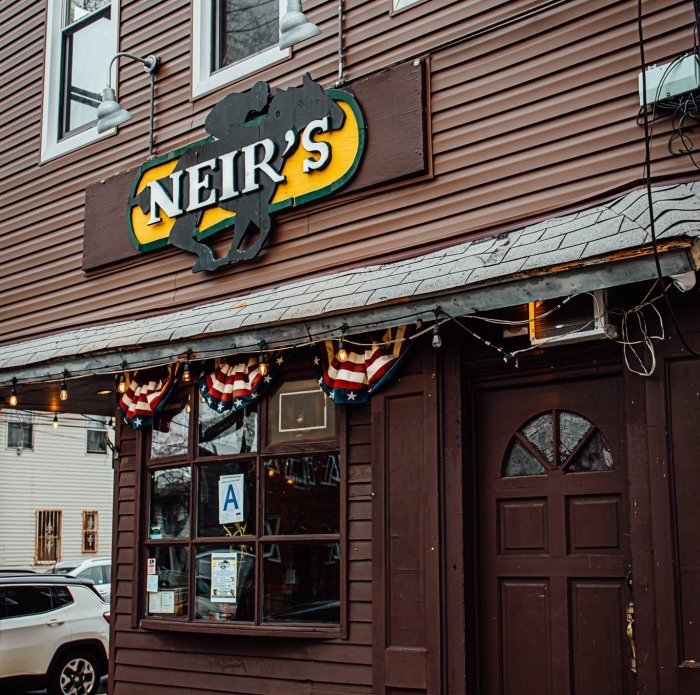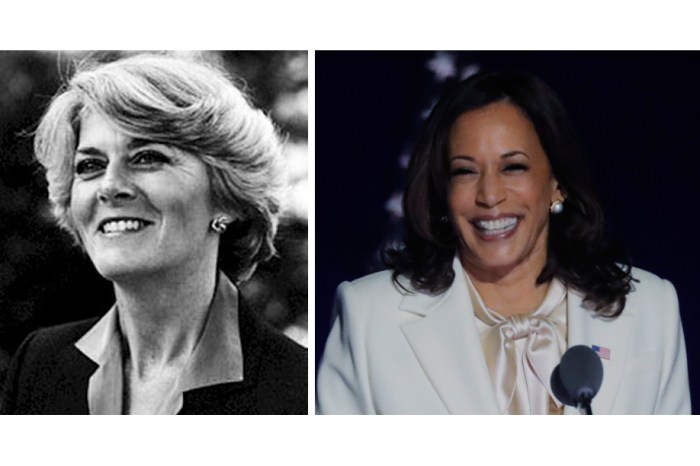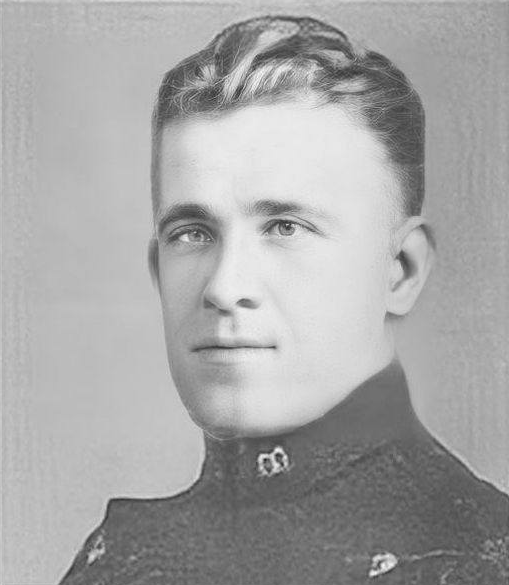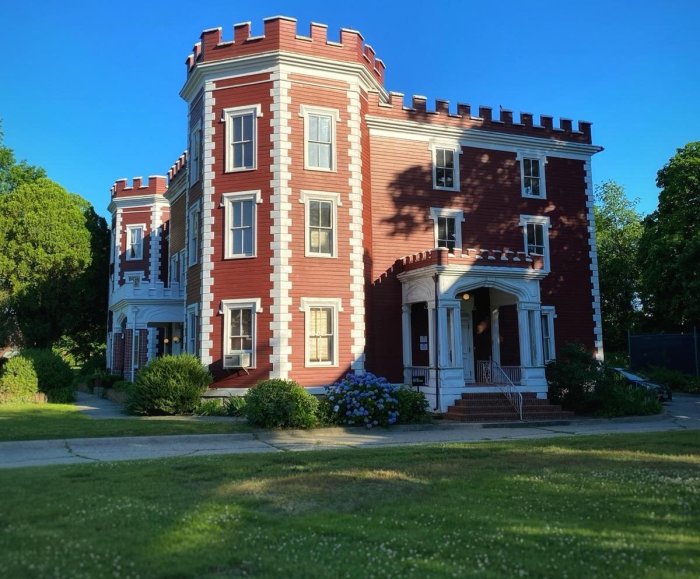Senator Addabbo Touts The History Of His Hometown
State Sen. Joseph P. Addabbo Jr. noted that the start of 2012 marks the 130th anniversary of the founding of Ozone Park, a community of which Addabbo is a life-long resident and represents as part of the 15th Senatorial District.
The senator plans to mark Ozone Park’s anniversary throughout the year as he speaks before various civic groups, visits area schools, libraries, senior centers and attends observances held around the neighborhood.
Addabbo’s father, the late Rep. Joseph P. Addabbo Sr., served the area for 26 years in Congress and raised his family there with his wife, Grace, who still lives in the Tudor Village section of Ozone Park.
“Ozone Park is a great community. It consists of hard-working people, small businesses that serve the area and residents who truly care about the neighborhood,” said Senator Addabbo. He noted that his father moved five times throughout his life, all within the confines of Ozone Park.
“Ozone Park is a place where my father wanted to raise his family and that I want to raise my family,” the senator added. He frequently recalls his childhood memories in the community, such as going to the Crossbay Theater to enjoy a movie and eating a hamburger at Wetson’s restaurant after attending class at Nativity B.V.M. School.
Ozone Park is an area in the southwest part of Queens that borders Brooklyn. Records indicate that the
–SEE OZONE ON PG. 62- western part of Long Island was settled around 1660 by Dutch and English colonists through to a land grant provided by the Dutch West India Company. The settlers established themselves alongside the Rockaway and Jameco Native American tribes that were already in the area.
The land around Ozone Park was dotted with farms until 1882, when developers Benjamin Hitchcock and Charles C. Denton converted farmland into tracts of land with homes that were sold to people looking to enjoy the “ozone”-the clean, fresh air of the Atlantic Ocean and Jamaica Bay which washed over the area. The area was hence named “Ozone Park.”
In 1907, developer David Leahy also began buying up farms in the area to build small, single family homes. He envisioned that the idea of refreshing breezes blowing in from the Atlantic Ocean to a park-like community would lure buyers.
The expansion of the Long Island Rail Road through the community made it accessible to the city. Early residents were the first to experience the thrill of riding the elevated train over the water to spend the day at Rockaway Beach.
In the years that followed, Hitchcock and Denton expanded the community to the south, east and north and doubled its size. In 1889, Ozone Park received its first post office; seven years later, the community received library service through the opening of the Ozone Park Free Circulating Library, founded by the local Women’s Club. It would merge five years later with the Queens Borough Public Library.
Ozone Park has traditionally been known for its affordable middle-class and working-class housing, popular because of the easy and inexpensive train commute to Manhattan. Through much of the 20th century, the neighborhood was known as a tight-knit, Italian-American enclave, but in recent years has become the home to people from all over the world, including immigrants from South America, South Asia and the West Indies.
Ozone Park is adjacent to Aqueduct Racetrack, which at one point had a seating capacity of 80,000, making it the largest racetrack in the country. Many famous horses have raced at Aqueduct, including Man O’War, Seabiscuit and 1973 Triple Crown winner Secretariat.
Aqueduct now shares its site with the city’s newest tourist attraction and first casino, Resorts World New York.
Some notable individuals who have lived in Ozone Park include writer Jack Kerouac; Space Shuttle astronaut Charles Camarda; actress Bernadette Peters; pop music singer Cyndi Lauper; 1950s doowop group The Capris; actors Ray Abruzzo, Joe LoTruglio and Jack Lord; Major League Baseball players John Frascatore, Neal Heaton and the New York Mets’ Pedro Beato; 1960 Olympic figure skating champion Carol Heiss; middleweight oxer Jimmy Herring; professional wrestler Peter Polaco, better known by his ring name “Justin Credible”; City Council Member Eric Ulrich; former Fire Commissioner Thomas Von Essen; former City Council Member Al Stabile; and 1972 Nobel Prize winner in Physiology or Medicine Gerald Edelman.
































